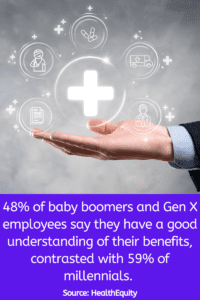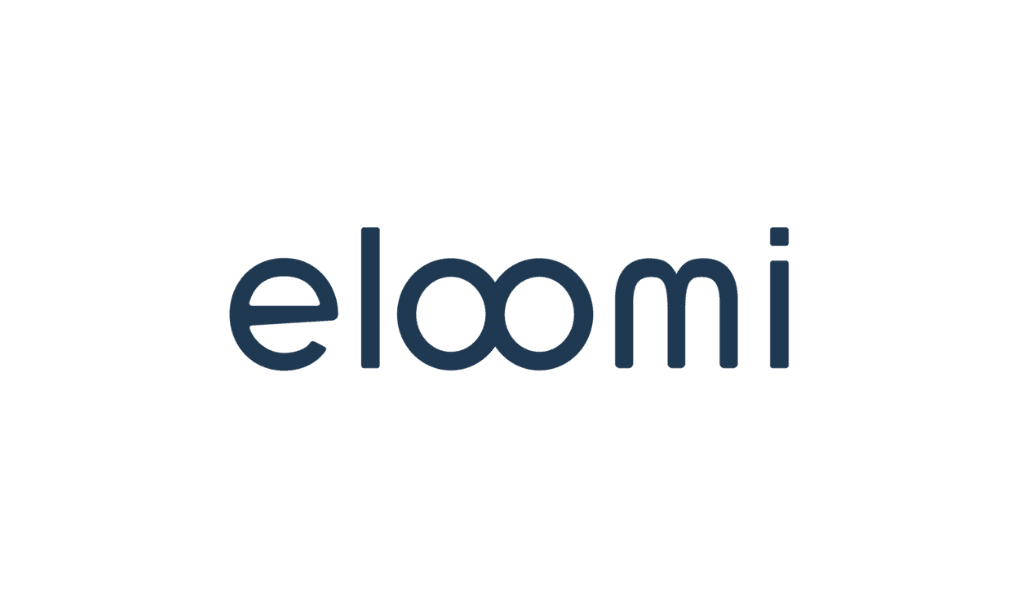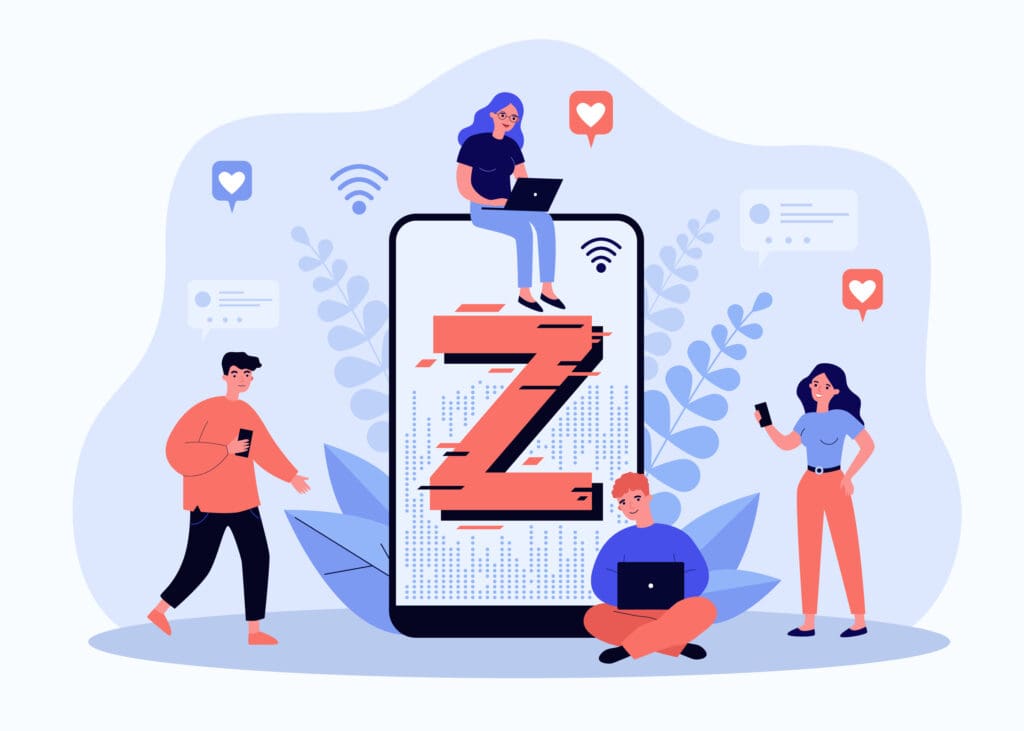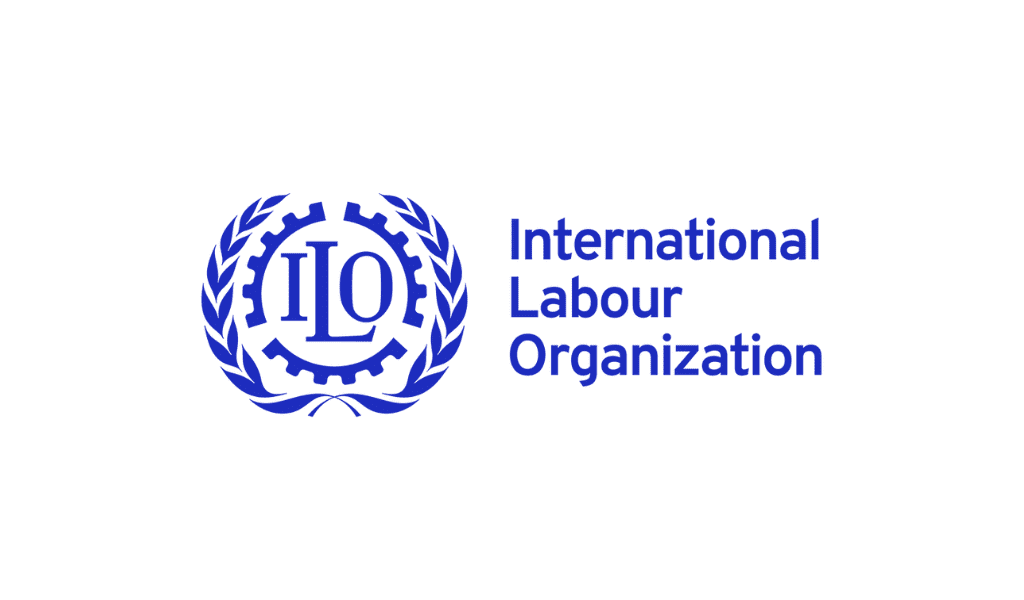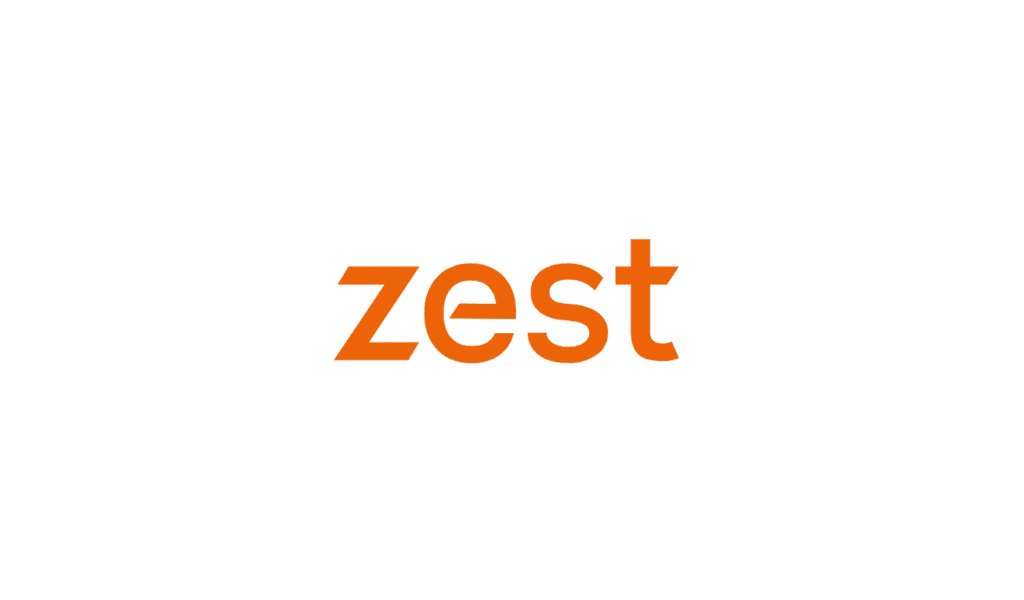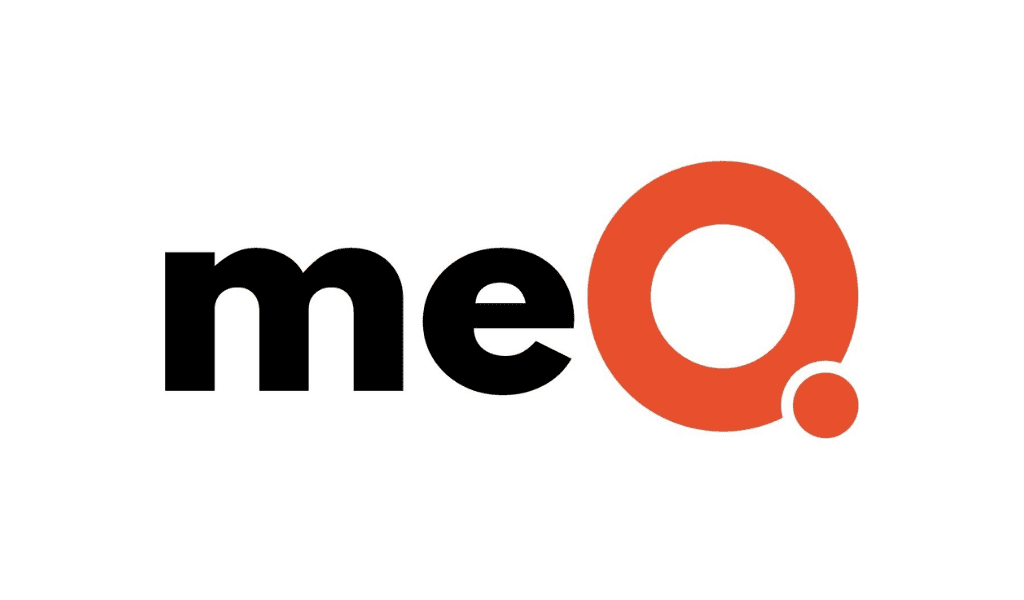Employees with a better understanding of their company’s offerings are more satisfied. Here’s how employers can improve communications and educate their workforce.
By Maggie Mancini
In a tight labor market, benefits are an important part of attracting and retaining top talent at any organization. Yet, understanding the full scope of the benefits provided by an employer can be confusing for many employees, particularly along generational lines.
A HealthEquity report finds that only 48% of baby boomers and Gen X employees say they have a solid understanding of their benefits or a strong benefits literacy, contrasted with 59% of millennials. About half of baby boomer and Gen X employees say they understand their benefits only somewhat. Further, people of any age group who understand their benefits are more likely to feel satisfied with them.
“When you think about it, it’s not surprising to see generational differences in benefits literacy,” says Tene Raymond, leader of the consumer engagement marketing team at HealthEquity. “Technological advancements aren’t equal across generations, especially when Boomers and Gen X may not have the same level of digital fluency as millennials. And while Gen X technically grew up in the computer age, they may have lacked digital resources in their formative years.”
The desire for benefits literacy is backed by research from Visa, which finds that younger non-benefit users from ages 18 to 34 are more likely than benefit users older than 35 to want to learn more about health saving accounts (HSAs) from social media (19% versus 3%, respectively) than older generations.
As for what employers can do based on these insights, Raymond recommends that leaders show up for members of each generation in ways that make sense for them. This may mean making educational resources available on social media for millennials; tweaking materials to produce short videos that appeal to younger generations; and providing on-demand webinars for time-constrained older generations to access the information in between caregiving and other non-work responsibilities.
Improving Benefits Literacy
The HealthEquity survey examined the relationship between benefits understanding and benefits satisfaction. Raymond says it’s logical that workers who say they understand their benefits are more satisfied with them, and that satisfaction increases when the materials are easy to understand. There are several ways employers can enable employees to improve their benefits literacy.
- Provide better educational materials. For example, assessing materials to ensure that they are clear and simple to understand, or providing resources through multiple channels, like on-demand videos and FAQs, can be beneficial in reaching more employees.
- Ensure materials aren’t lost in a sea of emails. “People want to learn, but it’s easy to get your message lost or burn people out if you’re not thoughtful about meeting employee preferences,” Raymond says. Use the messaging channels that employees prefer and tailor the communication based on their location and current knowledge.
- Consider the employees’ journey stage. A survey from Visa finds that three in four people without an HSA know nothing about it, and 92% of people with an HSA want to learn more. Raymond suggests thinking of ways to break down messaging based on their employees’ journey stage. Stages fall into a few categories: those who are new to HSAs; spenders using their HSA funds on current healthcare needs; savers who pay out of pocket for healthcare; and investors who are putting their contributions into an investment fund.
Technology’s Role
Today’s technology can empower both organizations and employees alike when it comes to benefits literacy. “The biggest way HealthEquity uses technological advancements to meet generations’ needs is through Engage 360,” Raymond says. “Engage 360 is our proactive member engagement program that educates members about smart utilization of their account, encourages key behaviors, and delivers the right message to the right member at the right moment based on next best action triggers.”
Raymond shares that Engage 360 is a free service offered to HealthEquity clients, typically employers and benefit consultants, to drive employee engagement and save time by administering plan communications. Employers can browse the full selection of materials, print posters and flyers for older audiences, or utilize digital newsletters and blogs for people who prefer online materials. This emphasis on education is connected to the company’s mission to help provide every employee health and financial security.
“We know this is working because we see employees re-enroll year-over-year at a higher rate and have higher benefit satisfaction because they have a better understanding of their benefits,” Raymond says. “This education and support on a continual basis are so essential to ensure members have the information they need to maximize their health benefits.”
Despite the generational gap in benefits literacy, employers can help educate their employees at any age level by utilizing technological advancements to tailor messaging to people based on their specific needs and meeting employees where they are.

